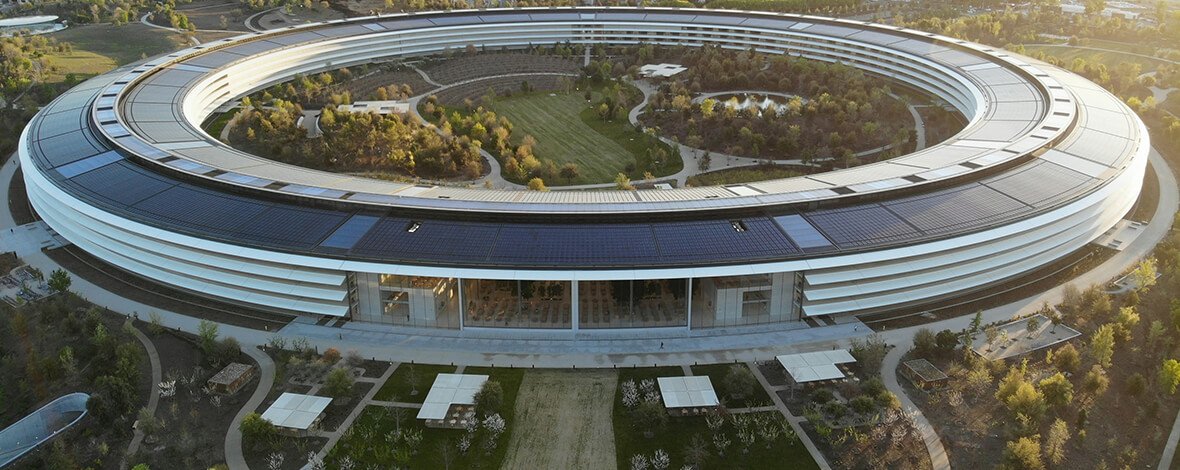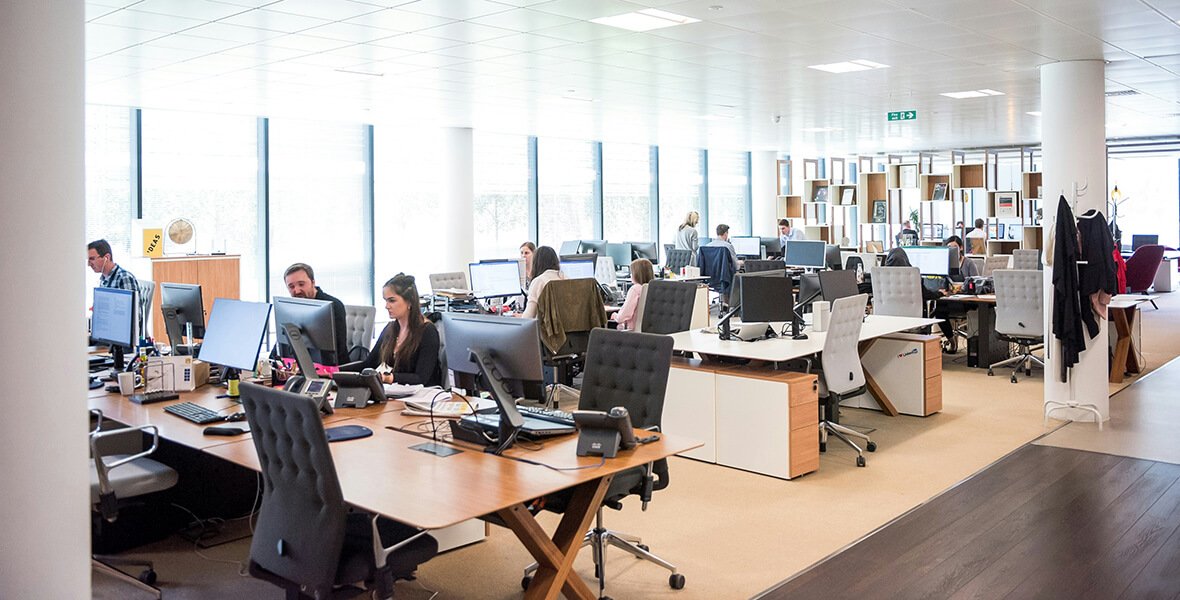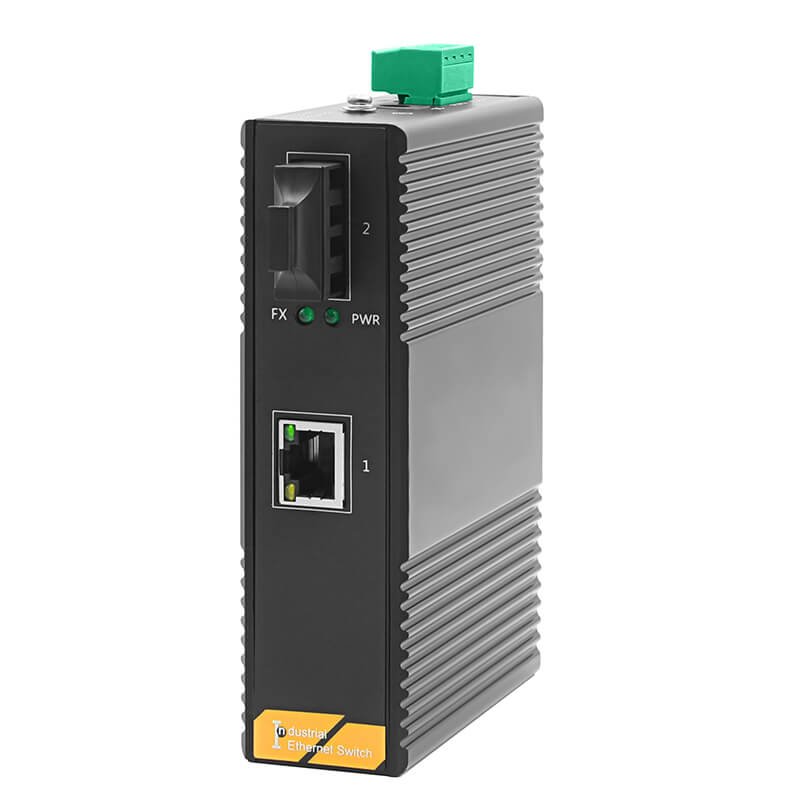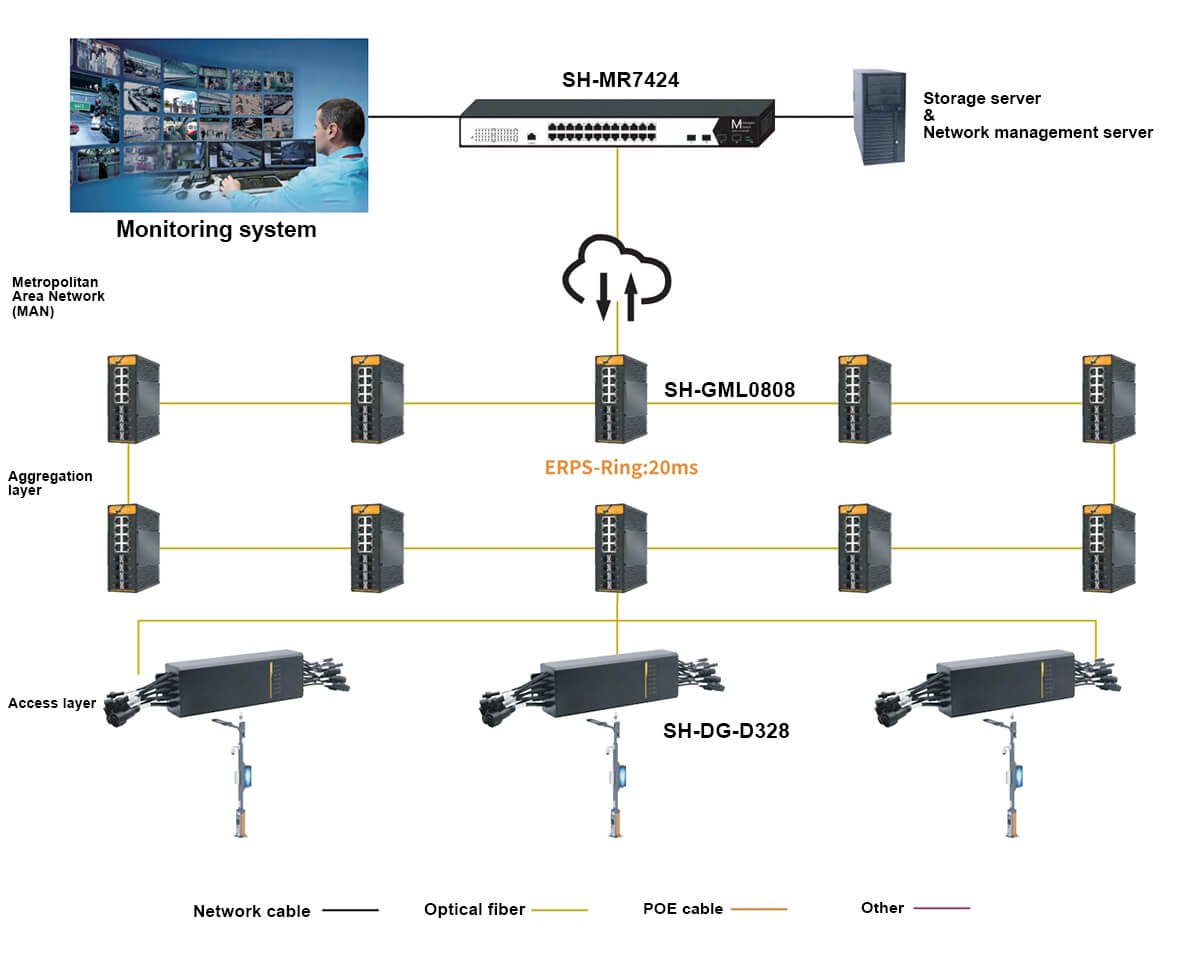
Scheme Background
With the development and growth of parks in various regions, the promoting role of informatization in parks has become increasingly evident, and the level of park informatization is also constantly rising. Informatization has become the main means of park brand promotion, as well as an effective way to improve management levels and enhance the operational efficiency of enterprises.
System Requirements
The realization of a smart park is a comprehensive application system integrating multiple technologies, systems, and fields. A mature smart park needs to possess fully controllable comprehensive perception capabilities, the interconnection capabilities of various subsystems, the integration capabilities of park data and information sharing, the coordination and optimization capabilities with internal and external systems, and the intelligent operation capabilities based on active learning and intelligent response.
The construction goals of a smart park are as follows:

The technical system architecture of the smart park is divided into the perception layer, communication layer, data layer, and application layer from bottom to top, along with a complete standard system and security system.
The perception layer is the sensory nerve of the park. Mainly based on technologies such as the Internet of Things and sensor networks, it realizes the monitoring and control of basic information such as infrastructure, environment, buildings, and security within the park. It enables all kinds of communication terminal devices to be connected to the broadband network anytime and anywhere.
The data core layer is the brain of the smart park. It features large capacity, high performance, high energy efficiency, high density, and high adaptability. The integrated applications of multiple systems and fields in the smart park have put forward higher requirements for data storage. Therefore, through the implementation of the cloud computing architecture, the unification and high – efficiency of the platform layer, the flexible scheduling of resources/businesses, comprehensive security control management, and the comprehensive application of energy conservation and consumption reduction will be achieved, making the park more “intelligent”.
The application service layer mainly refers to various application systems established on the basis of the perception layer, communication layer, and data layer. With the help of technologies such as applied geographic information, data mining, and SOA (Service – Oriented Architecture), it realizes the analysis and evaluation of massive information, and excavates the potential information and application value of the data. Thus, users can obtain and apply relevant information resources in a more intelligent way.



